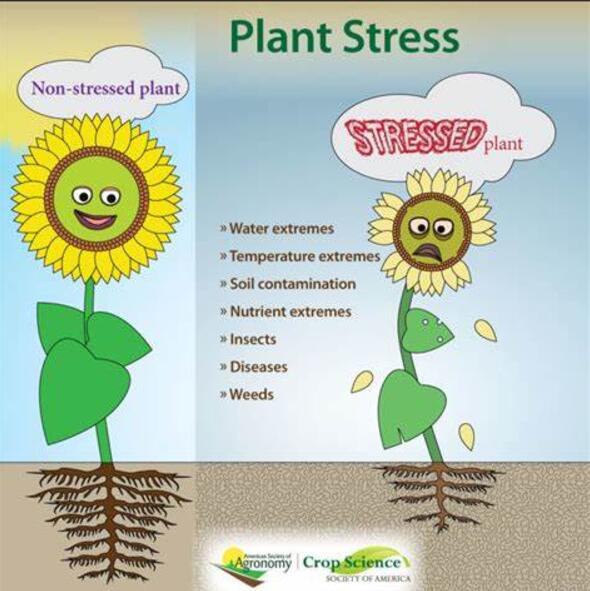Reprogramming assimilate partitioning in the second half of the night supports grain filling in inferior spikelets under high night temperature stress in rice
IF 6.8
Q1 PLANT SCIENCES
引用次数: 0
Abstract
High night temperature (HNT) stress disrupts key physiological processes like respiration, assimilate partitioning, and grain filling, challenging crop production. While the impact of HNT on grain growth and yield is known, the role of sink strength and starch biosynthesis in inferior or superior spikelets, as well as the effects of temporal variations on assimilate distribution, remain underexplored. We hypothesized that a tolerant genotype reallocates sugars to inferior spikelets under HNT stress by enhancing sink strength and starch biosynthesis, with the second half of the night playing a critical role in these processes. Two rice genotypes, Nagina 22 (HNT-tolerant) and Vandana (HNT-sensitive), were subjected to HNT (4 °C above the control) from anthesis to physiological maturity. Assimilate movement and sink enzyme activity were investigated during peak grain-filling. Results revealed differential 14C partitioning to starch synthesis in spikelets, with superior spikelets maintaining higher synthesis rates under HNT. Under HNT, Vandana showed reduced sucrose synthase and ADP-glucose pyrophosphorylase (AGPase) activities (up to 63 % in inferior spikelets), while Nagina 22 exhibited increased sucrose synthase (up to 2.7-fold) and AGPase (up to 31 %) activities in inferior spikelets. Under HNT, Vandana showed reduced starch and sugar levels, while Nagina 22 maintained or increased starch content and exhibited varied sugar responses. Overall, our results confirm that Nagina 22 reallocates sugars to inferior spikelets under HNT stress, driven by enhanced sink strength and starch biosynthesis in the second half of the night. This highlights a novel dimension for developing rice genotypes with improved resilience to HNT, ensuring stable yield under changing climate.

求助全文
约1分钟内获得全文
求助全文
来源期刊

Plant Stress
PLANT SCIENCES-
CiteScore
5.20
自引率
8.00%
发文量
76
审稿时长
63 days
期刊介绍:
The journal Plant Stress deals with plant (or other photoautotrophs, such as algae, cyanobacteria and lichens) responses to abiotic and biotic stress factors that can result in limited growth and productivity. Such responses can be analyzed and described at a physiological, biochemical and molecular level. Experimental approaches/technologies aiming to improve growth and productivity with a potential for downstream validation under stress conditions will also be considered. Both fundamental and applied research manuscripts are welcome, provided that clear mechanistic hypotheses are made and descriptive approaches are avoided. In addition, high-quality review articles will also be considered, provided they follow a critical approach and stimulate thought for future research avenues.
Plant Stress welcomes high-quality manuscripts related (but not limited) to interactions between plants and:
Lack of water (drought) and excess (flooding),
Salinity stress,
Elevated temperature and/or low temperature (chilling and freezing),
Hypoxia and/or anoxia,
Mineral nutrient excess and/or deficiency,
Heavy metals and/or metalloids,
Plant priming (chemical, biological, physiological, nanomaterial, biostimulant) approaches for improved stress protection,
Viral, phytoplasma, bacterial and fungal plant-pathogen interactions.
The journal welcomes basic and applied research articles, as well as review articles and short communications. All submitted manuscripts will be subject to a thorough peer-reviewing process.
 求助内容:
求助内容: 应助结果提醒方式:
应助结果提醒方式:


